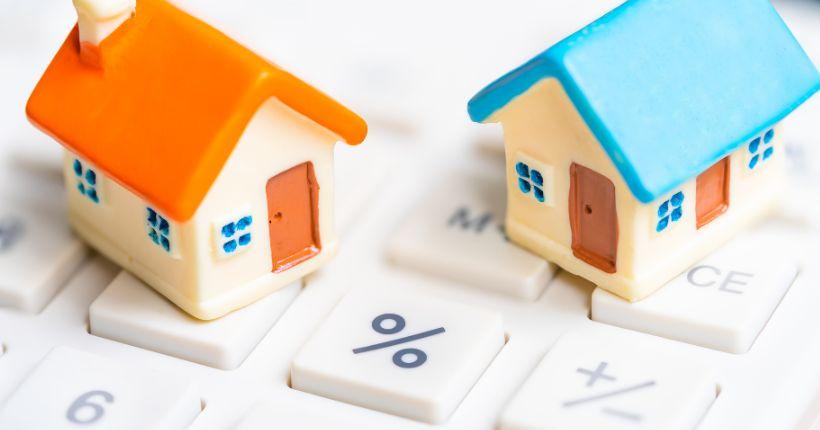
Low EPC Ratings Could Be Affecting Your Mortgage Application
As the world continues to shift towards greener living, it’s no surprise that energy efficiency is becoming a crucial factor when it comes to buying or selling a property. If you’re trying to apply for a mortgage, then you need to be aware of the impact a low Energy Performance Certificate (EPC) rating can have on mortgage applications. We want to highlight the importance of EPC ratings, how they can affect mortgage applications, and what you as a seller can do to improve your property’s energy efficiency.
Understanding EPC ratings
An Energy Performance Certificate (EPC) is a legal requirement for all properties in the UK when they are built, sold, or rented. It provides an energy efficiency rating on a scale from A (most efficient) to G (least efficient) and includes information about a property’s energy use, typical energy costs, and suggestions for improvements. These ratings are essential for mortgage lenders, as they consider the energy efficiency of a property when determining the amount of credit they’re willing to provide.
The impact of low EPC ratings on mortgage applications
A property with a low EPC rating may be seen as a riskier investment by mortgage lenders. Consequently, they may require a higher deposit, offer a smaller loan amount, or even decline the mortgage application altogether. This could have serious implications for both buyers and sellers, as it may result in difficulties securing a mortgage or selling a property with a low rating.
What are the possible implications?
Increased deposit requirements
Low EPC ratings can lead to mortgage lenders requiring a larger deposit from borrowers. This is because properties with poor energy efficiency are often more expensive to maintain and heat, which could affect the borrower’s ability to repay the loan. As a result, lenders may seek additional security in the form of a larger deposit.
Smaller loan amounts
If a property has a low EPC rating, mortgage lenders may be reluctant to provide the full amount requested by the borrower. This is because they perceive the property as a higher risk and may limit their exposure by offering a smaller loan. Consequently, the buyer may need to find additional funds to cover the shortfall, which can be challenging, especially for first-time buyers.
Mortgage application rejections
In some cases, mortgage lenders may decline a mortgage application altogether if the property has a low EPC rating. This is because they consider properties with poor energy efficiency to be too risky to lend against. This can be particularly frustrating for Kenilworth buyers who have found their dream home, only to discover that they are unable to secure a mortgage due to the property’s low EPC rating.
Improving your property’s energy efficiency
To increase the likelihood of a successful mortgage application, it’s crucial to improve the property’s energy efficiency to avoid the potential pitfalls associated with low EPC ratings. Here are some steps you or the seller can take to improve the property’s rating:
Insulation
Improving insulation is one of the most effective ways to increase a property’s energy efficiency. Adding loft insulation, cavity wall insulation, and floor insulation can significantly reduce heat loss and help lower energy bills.
Double glazing
Installing double glazing can help prevent heat from escaping through windows, reducing energy consumption and improving a property’s EPC rating.
Heating system upgrades
Upgrading to an energy-efficient heating system, such as a condensing boiler or a heat pump, can help improve your property’s EPC rating. Additionally, installing thermostatic radiator valves and a smart thermostat can help you manage your heating more effectively, further increasing energy efficiency.
Energy-efficient lighting
Replacing traditional incandescent bulbs with energy-efficient LED or CFL bulbs can reduce your property’s energy consumption, positively impacting your EPC rating.
Draught proofing
Sealing gaps around windows, doors, and floorboards can help prevent draughts and reduce heat loss, contributing to a better EPC rating.
Water efficiency
Installing water-saving devices, such as low-flow showerheads and tap aerators, can help lower water consumption, which in turn can contribute to a higher EPC rating.
Understanding the implications of a low EPC rating and taking steps to improve your property’s energy efficiency can help boost the chances of a successful mortgage application and secure a more favourable loan. As the world becomes more environmentally conscious, investing in energy-efficient measures for your property not only benefits you financially but also contributes to a greener future for all.
Looking for more information, or curious about properties in the Kenilworth area? Reach out today, we’re happy to help answer any questions you might have.
